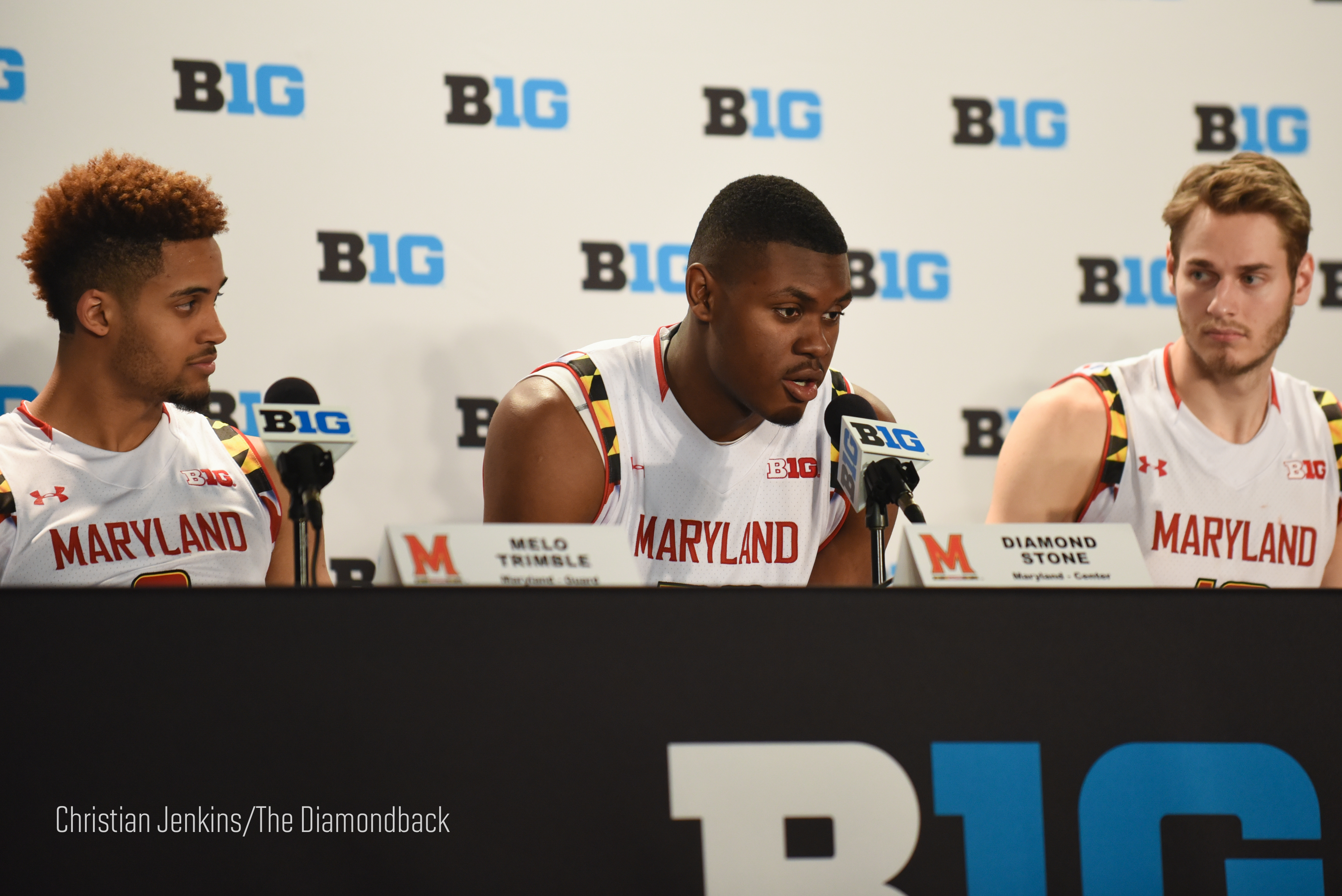Views expressed in opinion columns are the author’s own.
Last week, Yahoo Sports acquired a federal report claiming Diamond Stone received an improper loan during his time at Maryland. The allegation that Stone received $14,303 from an agent added to his “tarnished” legacy, according to The Baltimore Sun. Stone was a highly touted recruit for Maryland men’s basketball, but was unable to live up to the hype during his one season in College Park. By the time that season ended with a tournament loss, Stone didn’t seem to care and “few expected him to return for his sophomore year since most knew he had stopped going to class earlier in the season,” The Sun wrote. The combination of his NBA focus, poor academic performance and the scandal of possible payment paints a picture of disgrace.
[Read more: Report: Diamond Stone received improper loan from agency while at Maryland]
But the story of Stone — and of star student athletes everywhere — should be leading us to ask deeper questions about the institutions of college sports. At a basic level, students here wanted him to win Maryland a championship, and the money and prestige that championship would entail. There may be nothing inherently wrong with this goal, but there’s a problem when it depends upon the exploitation of players. One important way we can address this is by paying star athletes for their work.
Make no mistake, the NCAA makes a lot of money. In fiscal 2014, its total revenue nearly topped $1 billion. Their president receives an annual salary of about $2 million. By 2025, they will be bringing in $1.1 billion from the TV rights for the NCAA tournament alone. As of 2016, Maryland’s basketball program generates more than $17 million. The labor making all of this profit possible comes from the players.
Universities, however, will always have a financial stake in making sure student athletes do not get paid. Officials will tout a “free education” as the trade-off for the billions the athletes bring in. But the deeper truth is that schools don’t prioritize education at all.
When the topic of payment comes up, they’ll be quick to argue that their players are “students first” who just conveniently happen to pack stadiums in their free time. However, some student athletes report practicing as much as 40 hours per week, not counting time spent traveling and playing games. Though NCAA rules are supposed to prevent this, college programs have become adept at finding loopholes. College athletes are doing the work of professionals, but we have denied them their due by tacking “student” in front of their title.
The concept of “amateurism” is at the core of all official justifications for refusing compensation. NCAA President Mark Emmert told CBS on Saturday: “The fundamental principle is that this is not about student-athletes playing a game to get paid. … First and foremost, they must be a participant of that university — not an employee of that university.” Of course, we do not hold the coaches, broadcasters, or league officials to any such standard. We have woven the idea of a “student-athlete” into the fabric of college sports to keep its wealth in the hands of the powerful.
So what can we say about Stone reportedly receiving $14,303? We can chalk it up to another selfish player with no loyalty; perhaps this description is apt. But I think a better response would be self-reflection. Stone is gone now, but the inequalities of college sports are still here. This university can remain complicit in a system that exploits young people while forbidding them to seek money elsewhere, or it can be a model for change. Justice for college athletes will depend upon a culture shift that brings power to the players.
Jack Lewis is a senior government and politics major. He can be reached at jlewis20@umd.edu



